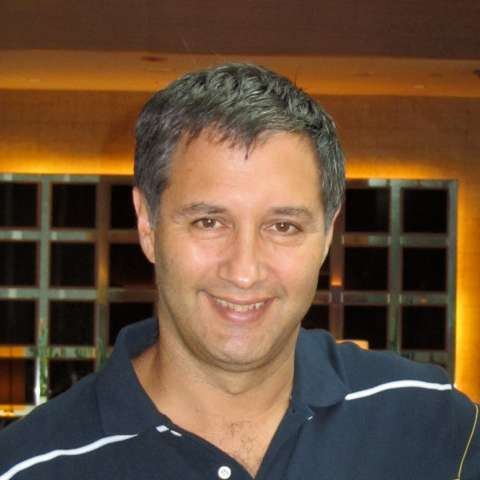The young man sitting at the piano has no expression; all one can see is total concentration on the keys. There is supreme economy of movement: no gesturing, no posturing – the fingers taking the shortest distance between each note. The sound that comes out is refined, nuanced and of impossible clarity.
Watching Benjamin Grosvenor, the first thing that becomes obvious is that he is in complete control of his instrument, down to the finest detail. The opening piece, Mendelssohn’s Rondo Capriccioso, contains quicksilver runs of high notes with more solid lows: each note of the high runs came through with crystal clarity while preserving the integrity of the phrase, while the left hand chords, following their own distinct rhythmic pattern, were perfectly weighted and delightfully balanced. It’s a balance that is by no means constant: Grosvenor’s rendering of the ebb and flow of the music was particularly fine.
Robert Schumann considered himself to have a personality split in two and wrote that his Humoreske was an expression of his different states of mind (“humours”, in archaic English). Hearing the piece, you can make a strong case for the personality being split in five or six; one assumes that a therapist’s notes would say “subject to violent mood swings”. Each mood demands different communication from the pianist; while Grosvenor played capably in each, I was most entranced by the more reflective passages: he achieved a clear, limpid sound which transported me to a place of utter serenity. The heavier, bass laden passages displayed the same precision and detail without making quite the same emotional impact on me.
After a virtuosic interlude of Two Fairy-Tales by Nikolai Medtner, it was time for the second big work of the programme, Ravel’s Valses nobles et sentimentales. The work’s title has always perplexed me slightly, because I don’t generally detect a great deal of sentimentality and didn’t in this performance, whereas Grosvenor produced nobility of the highest level, showing an extraordinary degree of inner strength, refinement, delicacy. Each of the eight pieces is widely different in rhythm, with the rhythms generally bearing only a loose relation to a ballroom waltz; each contains a wealth of harmonic surprises to tempt your ear. It was all a little too much for Ravel’s audience at the work’s première, many of whom failed to cope with the unexpected discords. For today’s ears, those discords can sound quite delicious, especially when a pianist places them in context of the overall phrase quite as expertly as Grosvenor.
The official close of the concert was a waltz of an altogether different nature, one of Liszt’s “opera paraphrases” in which he took the famous bits of an opera (in this case, Gounod’s Faust) and combined it with his own trademark piano style. The result were works to wow audiences with Liszt’s virtuosity while also giving them the emotional heart of an opera that many might not ever be able to attend. The waltz which opens and closes the Waltz from Gounod’s Faust is heavy-footed, and Grosvenor showed himself able to depart from his usual delicacy to produce the required fireworks – although the passage I enjoyed most was the middle section, taken from Faust and Marguerite’s love scene in the middle of the opera.
After a serious encore of a Schubert impromptu, we were treated to a more fanciful dessert in the shape of a Dohnányi concert piece. This completed a thoroughly memorable recital from a pianist who is so extraordinarily mature at his young age that we can only look forward with relish to what is to come.


